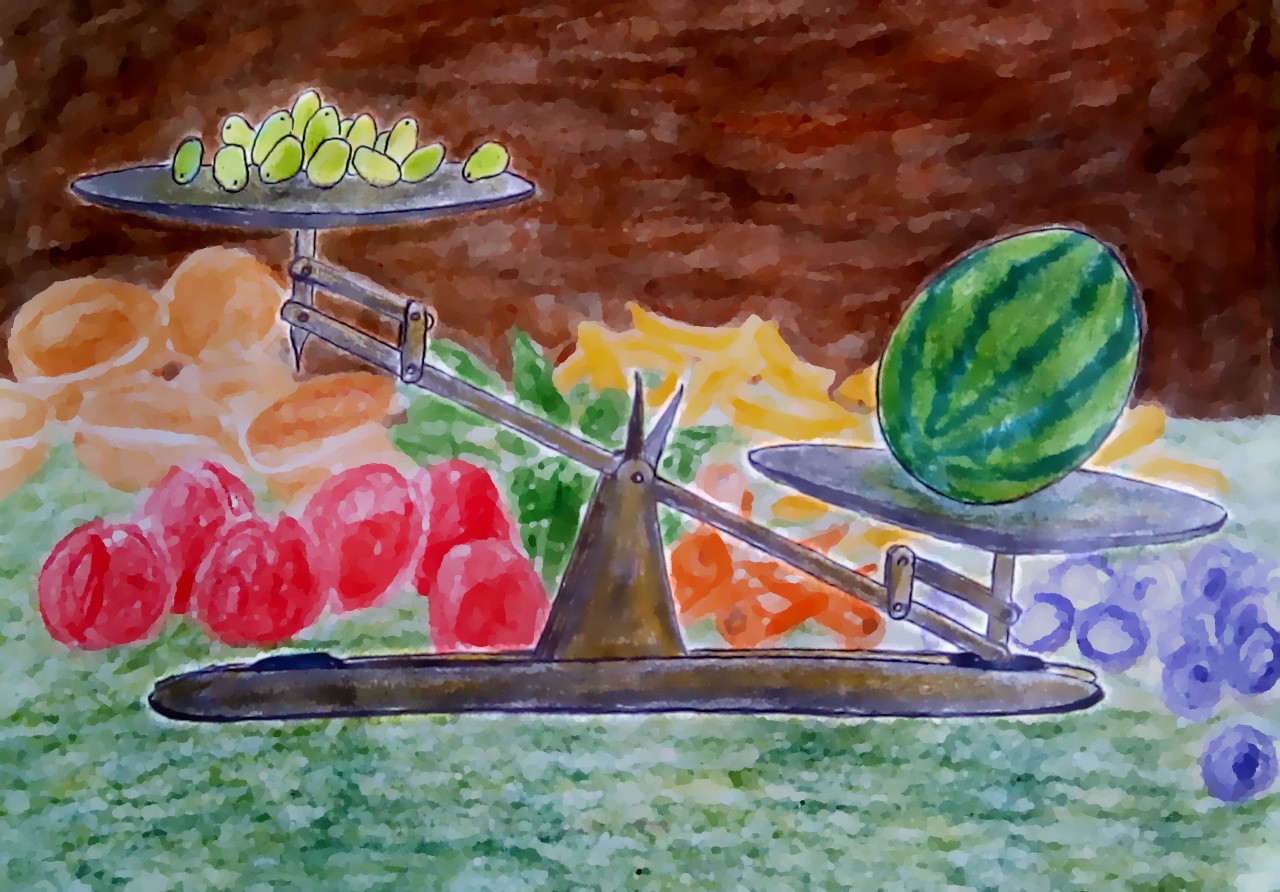A Balanced Diet
Who decides what you eat? There’s a whole team behind it.

Who decides what you eat? There’s a whole team behind it.
There is an easy way to make people healthy: give them advice about what to eat. These can range from the general “eat five fruits and veggies a day” to more precise and complex recommendations such as “consume 300 micrograms of folic acid a day”.
The first piece of advice is not complicated to follow, and doesn’t put people at risk. In the worst case they may develop awful diarrhoea after eating five watermelons.
Nonetheless, this recommendation is very imprecise. After all, how many grapes make a fruit?
The first piece of advice is probably just aimed at getting people to add diversity to their diet and eat more vitamins — instead of fat and sugary food.
In the second recommendation, the specific molecule and its quantity is precisely stated. But what the hell is a folic acid? And how am I supposed to measure its quantity in my daily meals?
At the scale of the consumer, it’s complicated because most people don’t have the time, the knowledge, or the motivation to check what is actually in their diet.
I eat because it looks good, it smells good, it tastes good! I don’t want to worry about what is in there.
To help people to stay healthy and be more aware of their food intake, governments can campaign and provide advice in the form of nutritional recommendations. However, in the case of the folic acids it may be adding to the complication of the situation to explain how one actually measures a molecule.
In such cases, it may just be simpler to fortify some food products or provide supplements.
But what is fortification? Fortification means enriching a food product, preferably one that is widely consumed, with a micro nutrient that is necessary. Fortification of zinc, iron, and some vitamins are already widely present.
Fortification of folic acid was already implemented in wheat flour in the USA, but the debate is still open in Europe: should we fortify products with folic acid or give people supplements?
First: what is folic acid and why is it important?
Folic acids are a group of vitamins that are important for DNA replication, and therefore cell multiplication. A deficiency in folic acid can create anaemia and a feeling of weakness. That’s why it may be vital to fortify food and make people eat it.
On the other hand, there’s the risk that people eat too much folic acid and get sick. In high doses, people can develop haematological or neurological problems.
In other words, not cool.
Policy makers should definitely be careful before implementing a general fortification or folic acid supplementation. They should review all the research on the topic and strike a delicate balance between potentially opposing expert opinions.
Research results, and evidence, can be graded depending on the strength of the experiment. Ideally, an experiment should involve a large sample, have rigorous randomised and controlled trials, and show consistent benefits with few side effects and minimal inconvenience.
Observational studies are usually weak and it’s risky to build recommendations on them: observations risk being exceptional or specific to a time, place, or population, and may not apply to the population at large. Sometimes, there aren’t any experimental studies because they’re expensive and complex to organize, so policy makers end up creating recommendations on an unstable basis.
That’s why it’s interesting to use a grading system, ranking experimental evidences and recommendations.
A grading system considers not only the limitations of the study, but also the inconsistency, imprecision, and reporting bias in the results. A low-quality study with uncertain desirable or undesirable effects will often lead to a weak or misleading recommendation.
Even if a grading system can lead to some arbitrariness, a transparent system of graded evidence can effectively convey information and avoid harm to thousands of people. Once experiments and evidence are graded and reviewed by policy makers, they can make a much more holistic and informed decision.
The debate around this decision should be organized so as to let every party put forth their point of view, and lead to a compromise acceptable to all parties.
Different methods exist to come as close as possible to a consensus.
For example, the Delphi method is particularly useful when stakeholders can’t meet in person: a questionnaire is sent to stakeholders, answers are classified and organized by the organizing board, participants can discuss the answers, and the questionnaire is sent again to participants who can re-rank their answers. This process is repeated as many times as needed.
Practice has shown that consensus is almost reached after three rounds.
Another method is the consensus development conference, involving an in-person conference with a small group of decision makers. They are assisted in the process by several experts who are not part of the decision-making panel.
Different decisions are proposed and several round of voting are organized. Both the open conference and the voting are facilitated by a chair. The chair is the keystone of this system, ensuring that everybody can contribute, and putting attention to small group dynamics.
Giving recommendation about dietary intake, supplementation and fortification is a big deal. It potentially influences the health of thousands of people and should be done carefully.
Ordinary people should definitely have a look at these recommendation-making processes, and the research studies which inspired such recommendations.
Because if “you are what you eat”, it’s best to know where you’re coming from.